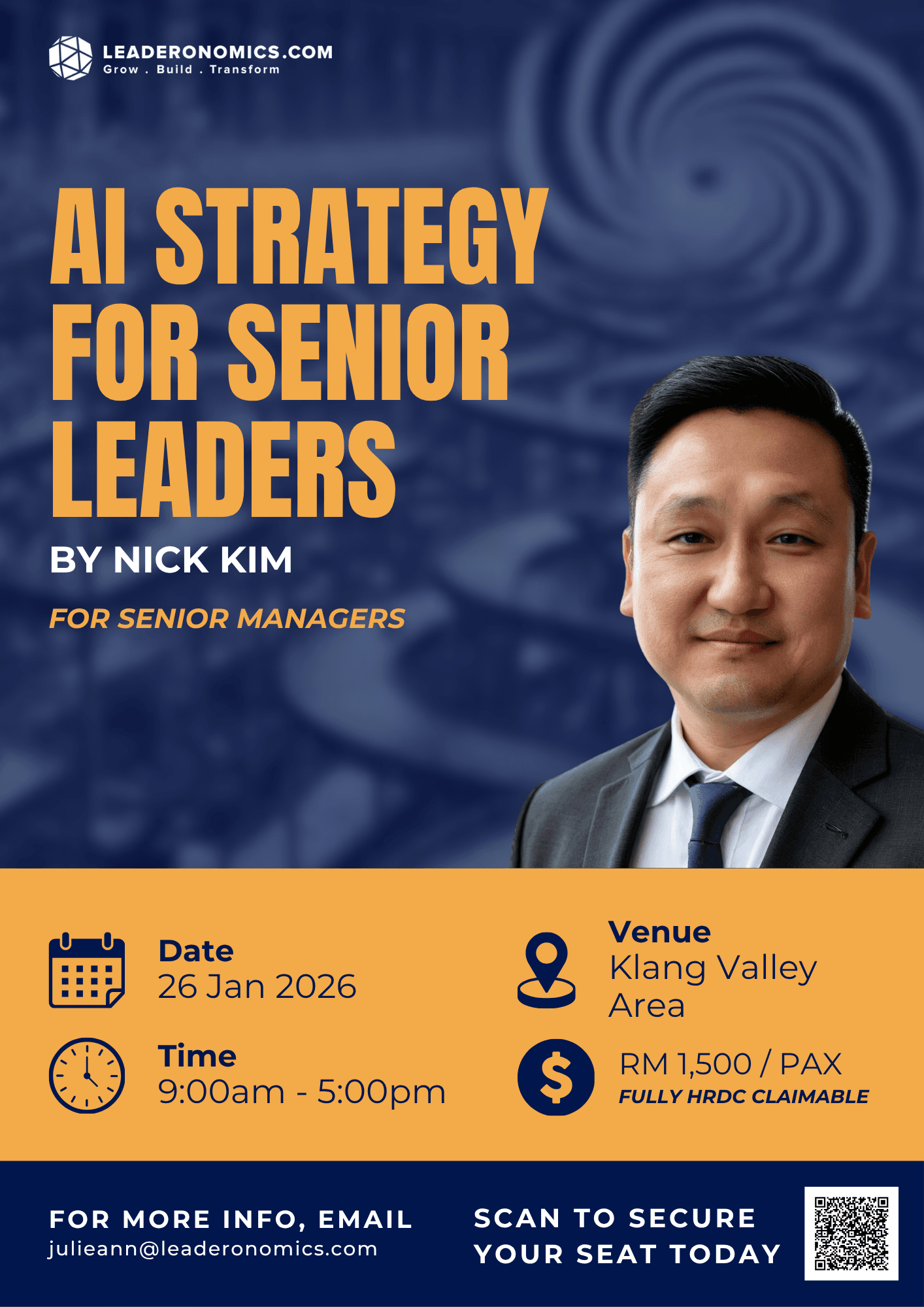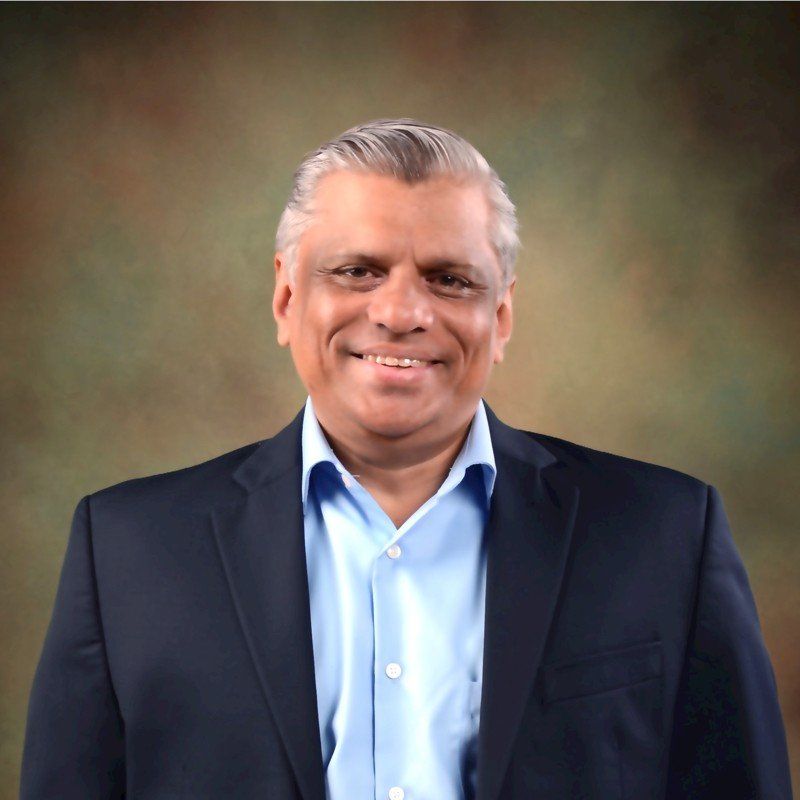Why Smarter Cybersecurity Matters More Than Ever

Macrovector from Freepik
For years, cybersecurity was seen as a technical concern managed by IT teams. But that traditional approach is struggling against a new wave of threats that move swiftly, learn patterns, and exploit weak spots across sprawling digital networks.
In many organisations, long-standing systems often operate alongside newer platforms, creating a mix that requires careful attention to maintain stability. When attackers find cracks whether through unpatched systems, outdated processes, or social engineering, they move quickly.
The issue is not just technology. It is also the pace. Older security tools were designed to detect familiar dangers. The modern threat landscape, however, shifts constantly, outpacing manual monitoring and traditional compliance-based security models.
The Promise of Intelligent Defenses
This growing gap has pushed companies to explore technologies that can “read” patterns, flag unusual activity, and adapt as threats change. Advanced digital tools are now being used to analyse behaviour across networks and detect risks in ways that human teams simply cannot match in speed or scale.
These smarter systems are not science fiction, they are already being used to spot irregular login attempts, suspicious file movements, and anomalies in user behaviour. Their biggest strength lies in being able to sift through massive amounts of data without tiring, spotting signals that may escape human eyes.
Yet the adoption of these tools also brings new questions. How much should organisations rely on automated detection? Where should the boundary be between machine-led vigilance and human judgment? And how can we ensure these systems make fair and transparent decisions when the stakes are high?
Related: How to Focus on Technology Your Teams Actually Need
A Sector in Transition
What we see today is a cybersecurity landscape undergoing a quiet but significant transition. On one hand, organisations are under growing pressure to strengthen their digital defences. On the other, they face mounting complexity in choosing tools that are accurate, adaptable, and aligned with their risk appetite.
Behind the scenes, business leaders are learning that cybersecurity is no longer just about defending systems after an incident, it is about anticipating what might come next. The shift is evident across industries:
- Business operations now rely on uninterrupted digital systems, increasing exposure to disruption.
- HR teams handle large volumes of personal data, making them frequent targets of sophisticated phishing and impersonation attacks.
- Leadership teams must now consider digital resilience as part of core business continuity planning.
This merging of cyber risk with everyday operations has pushed cybersecurity from the back room to the boardroom.
Where Organisations Struggle Most
Source: Macrovector from Freepik
A closer look at the sector reveals a pattern of common struggles:
1. Fast-changing digital environments
New platforms, cloud migrations, and hybrid work systems introduce layers of complexity. Even well-prepared teams find it difficult to secure everything at the same pace as they deploy it.
2. Fragmented responsibilities
When responsibilities span multiple departments, it may occasionally lead to areas that require more coordinated attention. For instance, cybersecurity often sits between IT, HR, compliance, and operations, without a unified approach, gaps naturally emerge.
3. The trust problem
Automated systems can work quickly, but many leaders still worry about depending on tools they cannot fully “see into.” When decisions involve sensitive data or employee actions, trust becomes crucial.
4. Limited awareness among non-technical staff
Most digital incidents begin with a simple mistake or an unsuspecting click. Without clear communication and ongoing awareness, even well-designed systems may face challenges when confronted with unexpected or emerging digital risks.
These challenges highlight that technology alone cannot solve cybersecurity problems. It requires organisational alignment, clear communication, and leadership attention.
Related: The Digital Illusion: When Alignment Looks Real but Progress Stalls
Building the Case for Smarter, Human-Centred Cybersecurity
The state of play suggests that organisations are at a crossroads. Traditional defences alone may not be sufficient in today’s fast-changing digital environment, but adopting intelligent tools without proper governance also creates risks.
The case for smarter cybersecurity grows stronger when we consider:
- The increasing speed of digital threats
- The volume of data organisations must protect
- The blending of physical and digital workspaces
- The growing expectation for leaders to ensure safe digital environments
What is becoming clear is that cybersecurity is now less about “fixing problems” and more about “managing digital trust.” Whether serving customers, employees, students, or the public, organisations must demonstrate that their systems are safe, reliable, and responsibly managed.
A Way Forward: Practical, Moderate Recommendations
While every organisation’s needs differ, a few broad steps can help leaders steer through this complex landscape with confidence:
1. Treat cybersecurity as a shared responsibility
Move beyond the idea that only IT manages risks. Encourage cross-department conversations, especially involving HR, operations, and leadership.
2. Strengthen digital awareness at all levels
Short, clear, and regular reminders often go further than long technical briefings. Everyday vigilance makes a real difference.
3. Explore smarter tools, but introduce them carefully
Adopt technologies that help detect unusual activity or strengthen monitoring but maintain human oversight, especially when decisions involve people.
4. Keep systems practical, not perfect
Leaders sometimes hesitate to upgrade because the perfect solution feels out of reach. A practical, gradual improvement plan is usually more effective than waiting for an ideal state.
5. Build trust, not fear
Employees generally benefit from clear, supportive guidance that helps them stay aware and prepared. A culture of openness encourages people to report issues early.
The takeaway
In an age where digital systems are tightly linked to business continuity and organisational reputation, cybersecurity has become a leadership issue, not just a technical one. The challenges are real, but so are the opportunities to build more resilient, trustworthy, and forward-looking digital environments.
For organisations navigating this transition, the goal is not to chase perfection but to build a steady, thoughtful path toward stronger digital resilience, one informed decision at a time.
Upcoming Workshop for Middle & Senior Managers:
Paradoxical Leadership in the Age of AI with Roshan Thiran
Business
Tags: Digital, Cybersecurity
Dr. Jack Ng Kok Wah is a Senior Lecturer at Multimedia University, Cyberjaya, with 30 years of industry experience, an HRDF-accredited trainer, focusing on artificial intelligence in marketing, healthcare, and digital innovation, and using his research to create practical solutions that benefit people and businesses.





